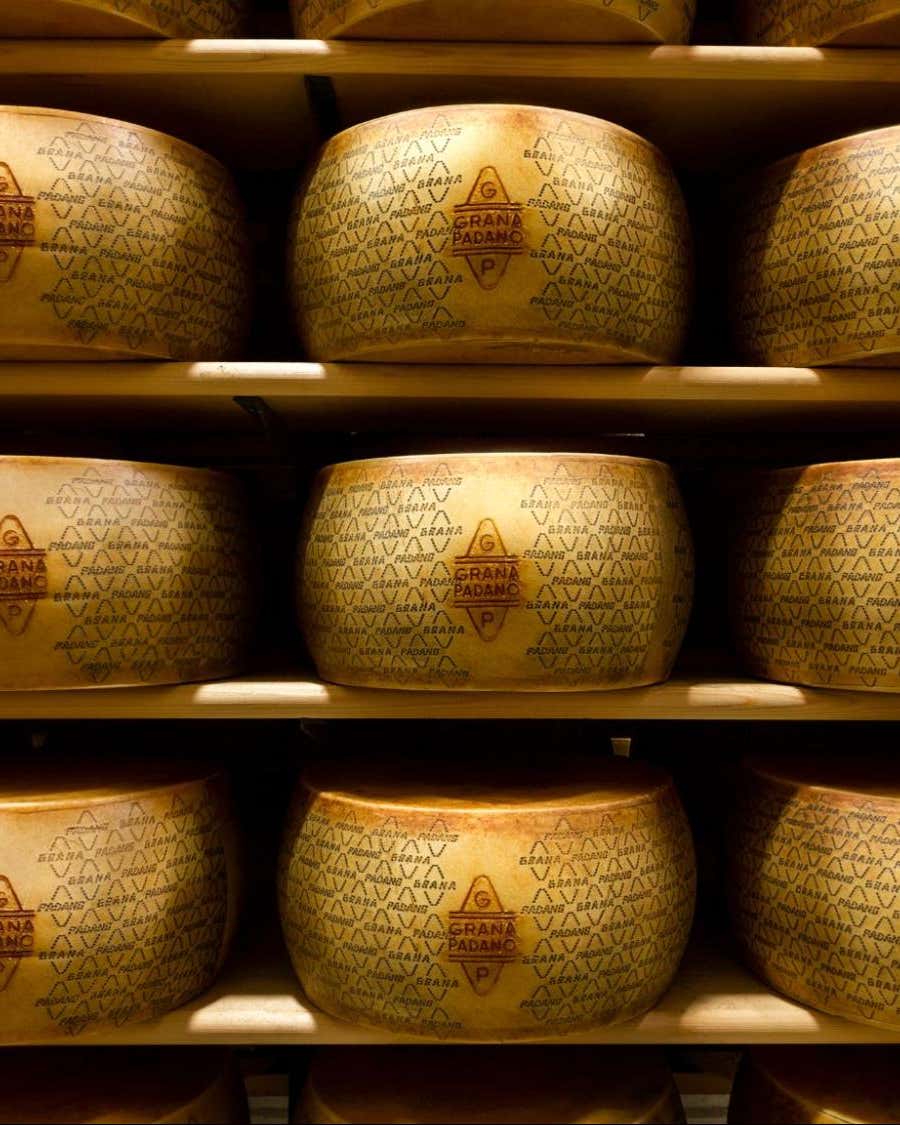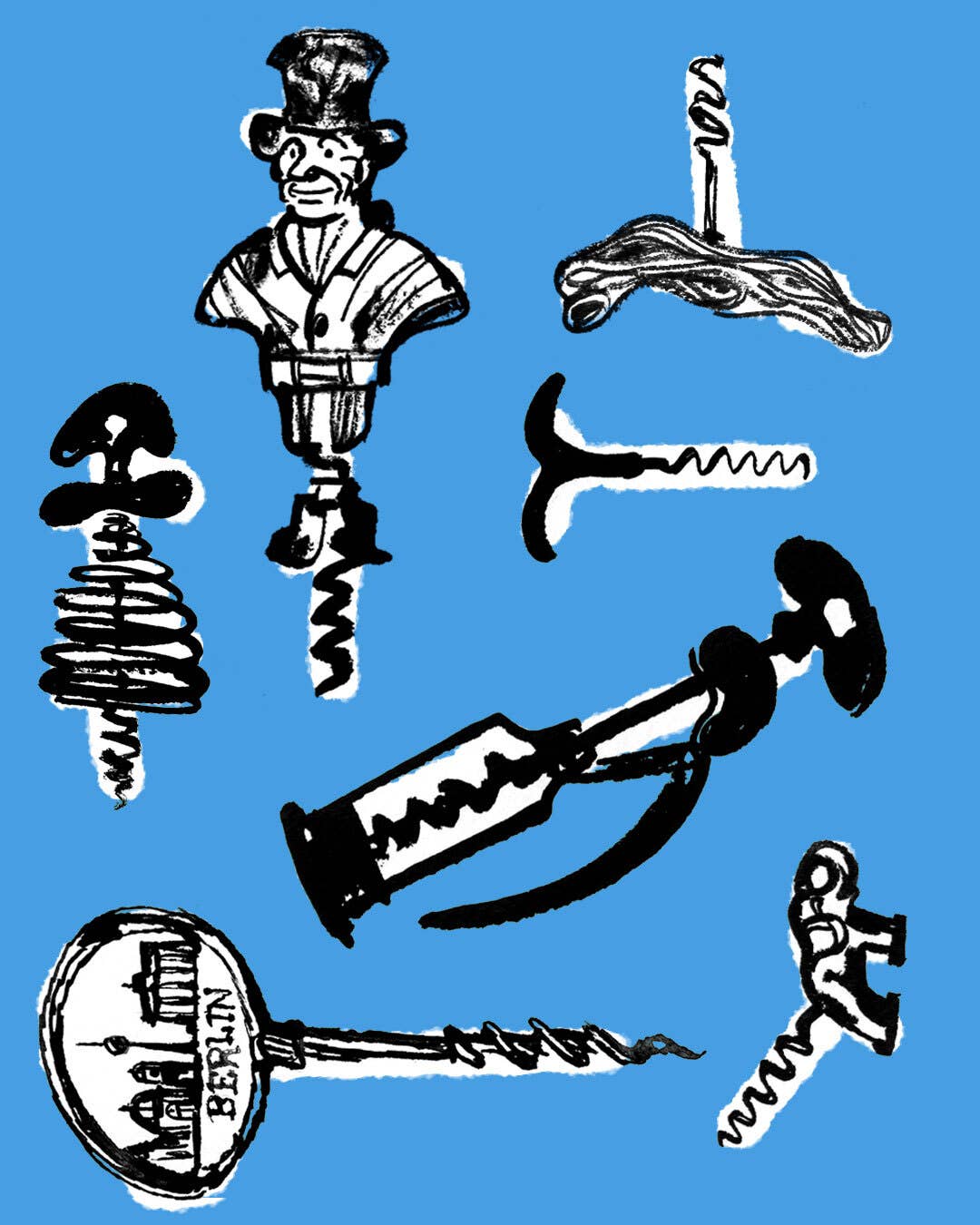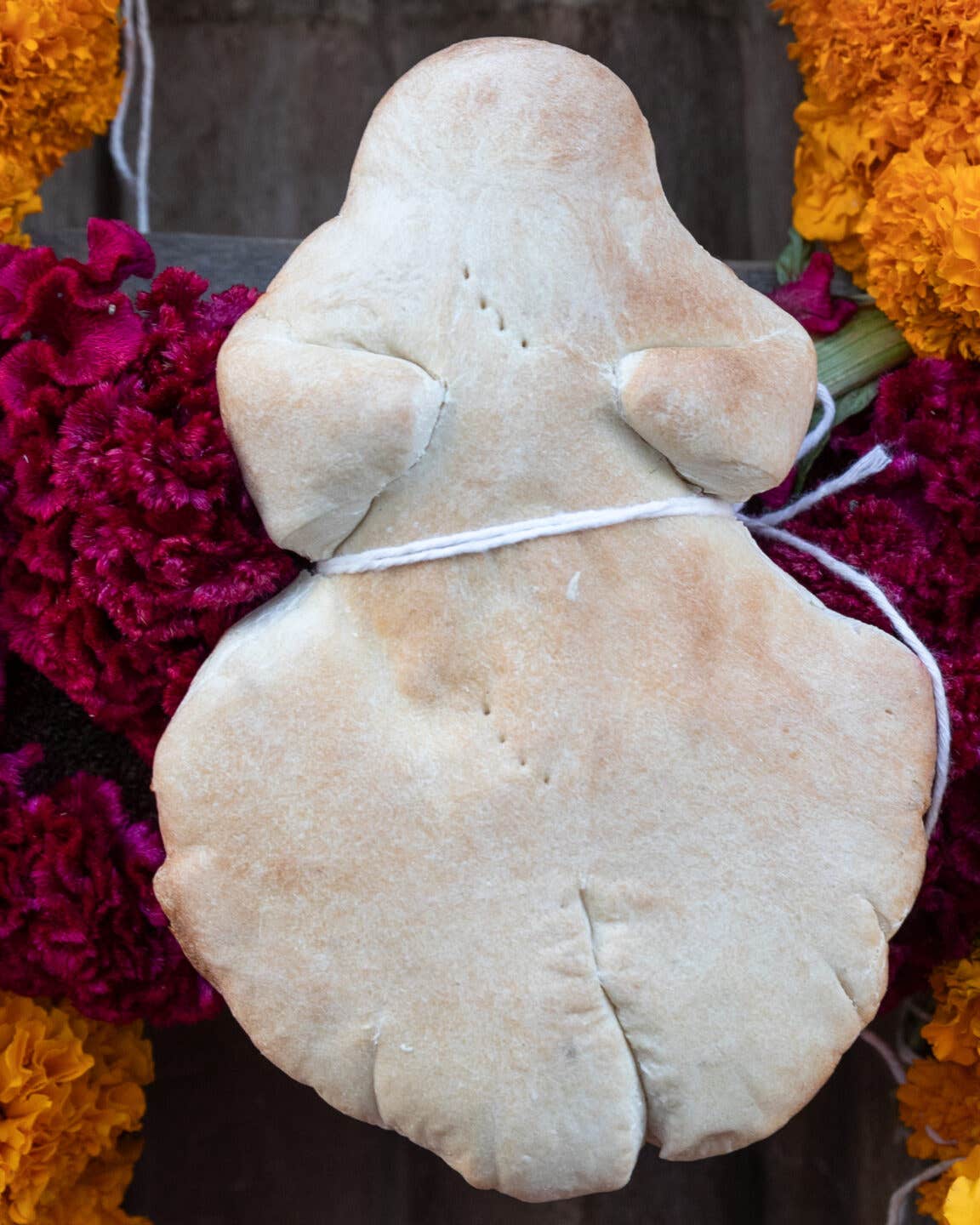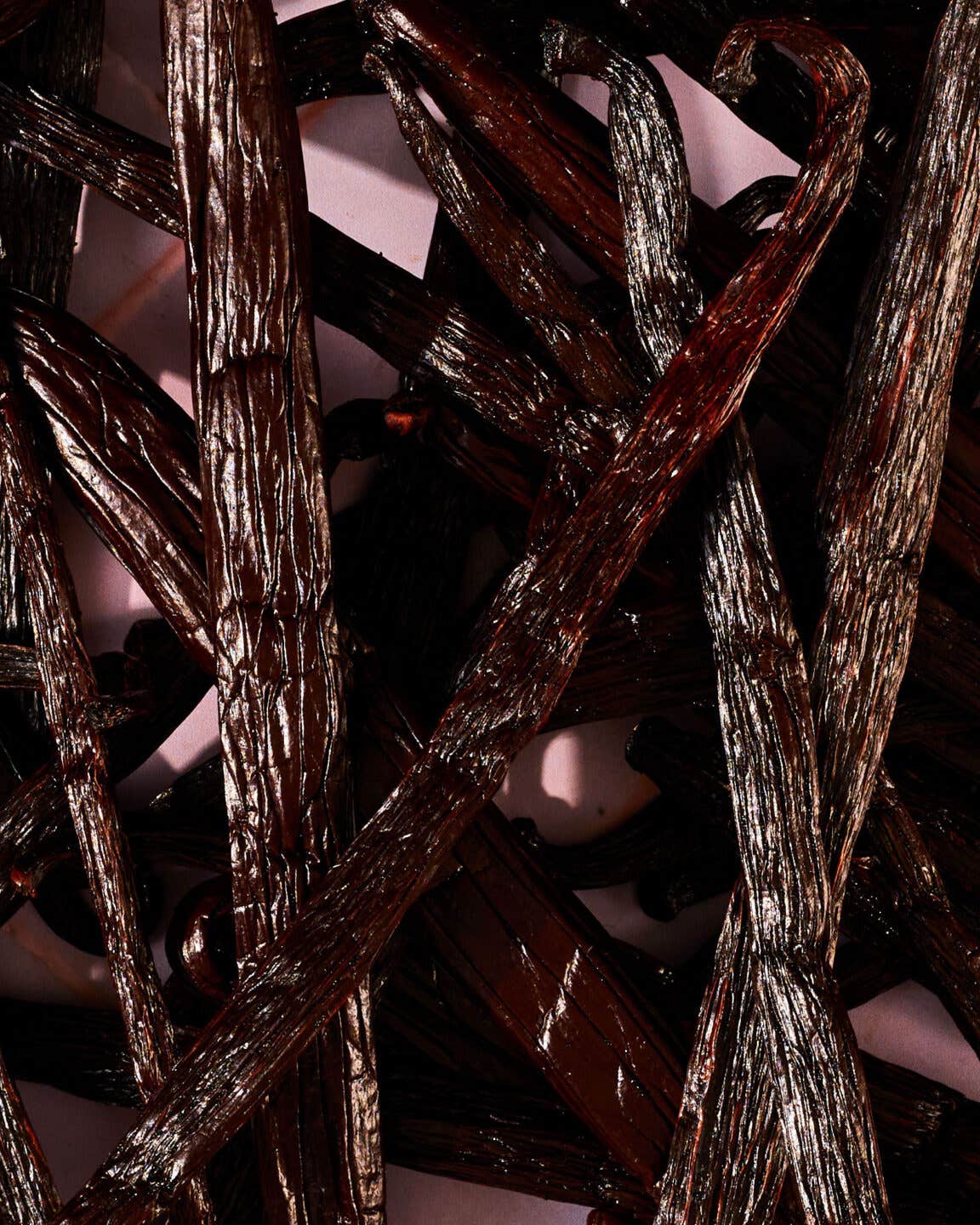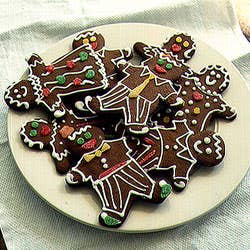
The History of Gingerbread Men
Gingerbread men have long been a part of European and American culinary traditions.
Remember the fairy tale about the man-shaped gingerbread cookie that sprang from the oven and ran off to elude a trail of hungry captors before he was eventually devoured by a wily fox? The story, first published in America in 1875 in a children's magazine called St. Nicholas, has become a classic.
The notion of edible animal and human figurines goes back to ancient celebrations in which they were used as substitutes for live sacrifices. More recently, on All Hallows' Eve, English village maidens would eat a gingerbread "husband" to ensure that they would find a real mate. In Hungary and Yugoslavia, decorated gingerbread dolls were exchanged as love tokens, inscribed with romantic sentiments or inlaid with tiny mirrors to symbolize a boy and girl gazing at one another for eternity.
"Shape [dough] to your fancy," Amelia Simmons recommended to housewives in American Cookery, the first published American cookbook, vintage 1796. Entrepreneurial peddlers later picked up on the trend and started selling fancifully shaped, handmade tin cookie cutters that, since, have become desirable collectibles.
But the simplest of cookie cutters doesn't always make for simple gingerbread men (or women): Much of the fun is in dressing them up with frosting and little candies,or inscribing them with amorous messages, if you're so inclined.
Keep Reading
Continue to Next Story



